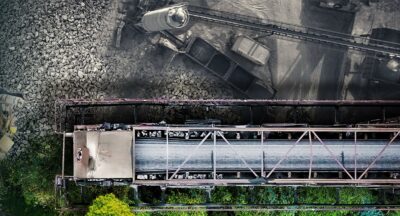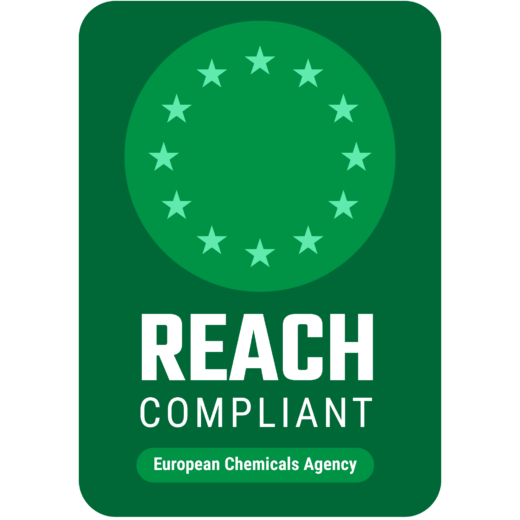INTRODUCTION
REACH was established by members of the EU with the specific aim to improve the protection of human health and the environment through the better and earlier identification of the intrinsic properties of potentially harmful chemical substances used within manufacturing. Dunlop Conveyor Belting was among the very first conveyor belt manufacturers to achieve full compliance. Although the majority of belt manufacturers have chosen to ignore legal requirements imposed by REACH regulation, our company continues to be the strongest advocate of REACH compliance within the conveyor belt industry. This page explains the regulations and why compliance with them is so important.
THE USE OF CHEMICALS IN CONVEYOR BELT MANUFACTURING
Because of its adaptability, the vast majority of rubber used to make modern-day conveyor belts is synthetic. Only a relatively small amount of natural rubber is used. In scientific terms, the creation of rubber compounds (referred to as ‘rubber compounding’) is the process where a range of ‘specific task’ chemicals, reinforcements and other substances are mixed together with rubber polymers.
The most common polymers used in conveyor belts are Styrene- Butadiene rubber (SBR) and Nitrile rubber (NBR). The chemical agents form chains of polymers to form rubber compounds that will ultimately be vulcanised to create the finished product.
Literally, hundreds of different components are used to create the various rubber compounds including anti-degradants, anti-ozonants and also as accelerators (essential for the vulcanisation process for example). These components include primary amine–based sulfenamides, such as N-cyclohexyl-2-benzothiazole sulfenamide, and thiazoles, such as 2-mercaptobenzothiazole. In order to make certain rubber compounds it is an unavoidable necessity that some chemicals that are extremely dangerous in their own right must be used. REACH regulation strictly limit the amounts of certain chemicals that are used in each product, encourage safer substitutions and, in some extreme cases, ban them altogether.
SHORT-CHAIN CHLORINATED PARAFFIN’S
One of the biggest concerns involves short-chain chlorinated paraffin’s (SCCP’s), which are commonly used to accelerate the vulcanizing process. REACH regulations stipulate that SCCP’s should either not be used at all or at least only used on a very restricted basis because of their category 2 carcinogenic classifications. Their presence can usually be identified by an unpleasant smell whereas good quality rubber usually has very little smell at all.
WHO DOES REACH REGULATION APPLY TO?
Conveyor belt manufacturers located outside of EU member states and the UK are not subject to the regulations. They are also not subject to EU regulation concerning Persistent Organic Pollutants (POPs). This means that they are free to use unregulated raw materials even though those same materials may be entirely prohibited or at least have strict usage limitations within the European community.
Although manufacturers located outside of EU member states are not subject to the regulations, those who import belts into Europe ARE responsible for the application of REACH regulation. Unfortunately, this leaves the actual manufacturers free of responsibility and the consequences.
WORKING SAFE
It is very important that users of rubber conveyor belts understand the potential hazards posed by their chemical content.
Always ask for written confirmation from the belt manufacturer or supplier that the product you are buying has been produced in compliance with REACH EC 1907/2006 regulations.
WORKING WITH CONVEYOR BELTS, ESPECIALLY BELTS FROM UNKNOWN OR NONREGULATED SOURCES:
• Wear gloves (if practical) when handling belts.
• Wash your hands before drinking, eating or smoking.
• When rubber dust is present, such as grinding for example, always wear a mask to prevent inhalation of dust particles.

